Table of Contents
Caring for your fluffy dog is an essential aspect of being a responsible pet owner. Fluffy dogs are known for their thick, furry coats that require regular grooming to maintain their health and appearance. These dogs come in all shapes and sizes, from small Pomeranians to large Samoyeds, and each breed has its unique grooming requirements.
Understanding the specific needs of your fluffy dog breed is crucial in ensuring their overall well-being. Temperament and personality vary from breed to breed, so it’s essential to research and learn about the characteristics of your dog’s breed. Proper feeding and health care are also crucial in keeping your fluffy dog healthy and happy. Regular vet check-ups, a balanced diet, and exercise are all necessary components of caring for your fluffy dog.
Caring for Your Fluffy Dog
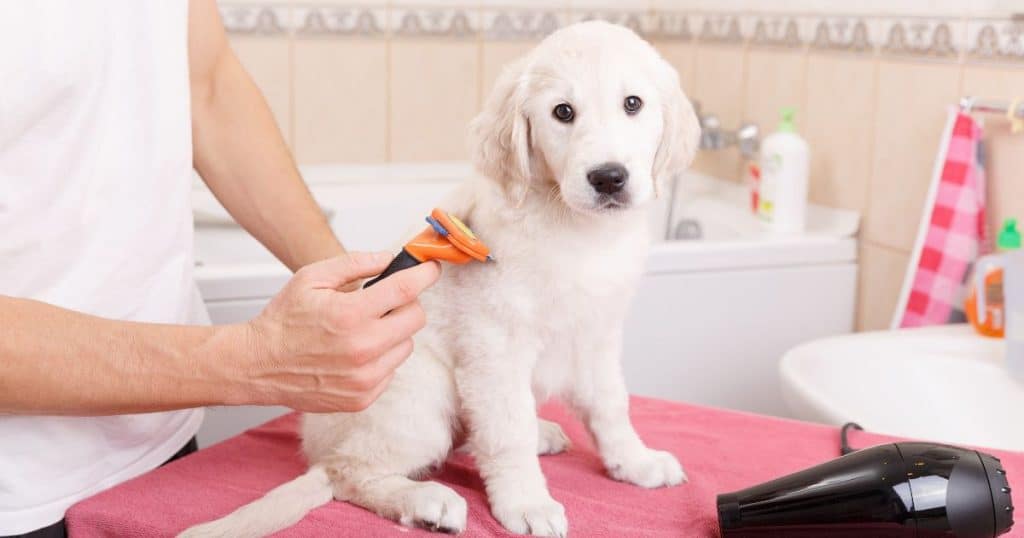
- Understanding the specific needs of your fluffy dog breed is crucial in ensuring their overall well-being.
- Proper feeding and health care are also crucial in keeping your fluffy dog healthy and happy.
- Regular grooming is necessary to maintain the health and appearance of your fluffy dog’s coat.
Understanding Fluffy Dog Breeds
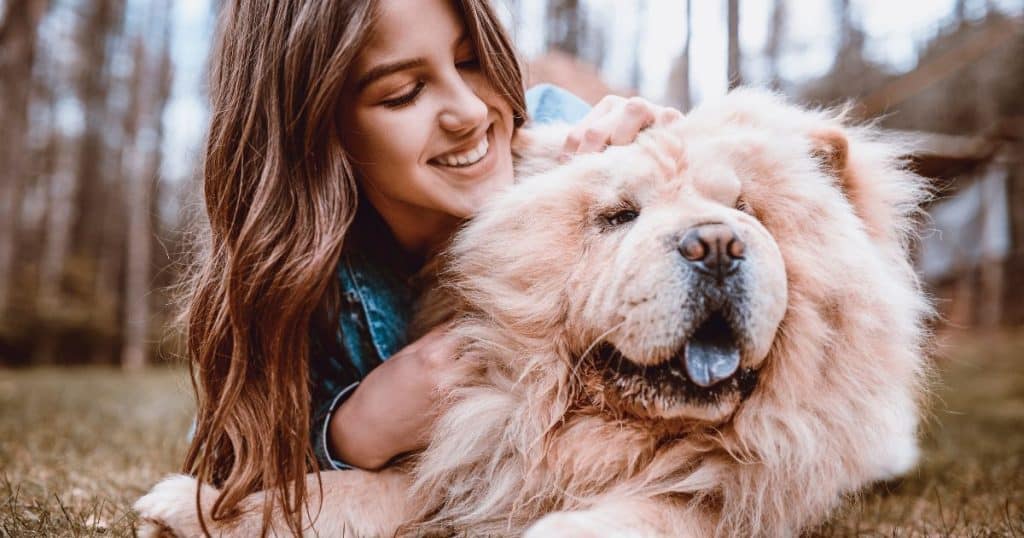
If you’re considering getting a fluffy dog breed, it’s important to understand their unique characteristics and needs. Fluffy dogs are known for their long and dense coats, which require regular grooming to prevent matting and tangling. Some popular fluffy dog breeds include the Chow Chow, Pomeranian, Samoyed, Old English Sheepdog, Collie, Great Pyrenees, Newfoundland, Bichon Frise, Shih Tzu, Alaskan Malamute, Keeshond, American Eskimo, Tibetan Mastiff, Bernese Mountain Dog, Australian Shepherd, Siberian Husky, Havanese, Lhasa Apso, Bolognese, Shetland Sheepdog, Leonberger, and Rough Collie.
Fluffy dogs come in a variety of colors, including white, black, blue, and merle. Some fluffy dog breeds are hypoallergenic, making them a good choice for people with allergies. However, it’s important to note that no dog breed is completely hypoallergenic, and even dogs that don’t shed much can still produce allergens.
When it comes to personality, fluffy dog breeds can vary widely. Some breeds, like the Chow Chow and Pomeranian, can be aloof and independent, while others, like the Bichon Frise and Shih Tzu, are known for their friendly and affectionate nature. Fluffy dogs can also vary in size, with some breeds like the Great Pyrenees and Newfoundland being large and imposing, while others like the Pomeranian and Bichon Frise are small and compact.
It’s important to research the specific needs of the fluffy dog breed you’re interested in before bringing one home. Some fluffy dogs require a lot of exercise and mental stimulation, while others are more laid-back and content to lounge around the house. Additionally, some breeds may be more prone to certain health issues, so it’s important to be aware of any potential health concerns and take steps to prevent them.
Overall, fluffy dog breeds can make wonderful companions for the right owner. By understanding their unique characteristics and needs, you can make an informed decision about whether a fluffy dog is the right choice for you and your family.
Temperament and Personality of Fluffy Dogs
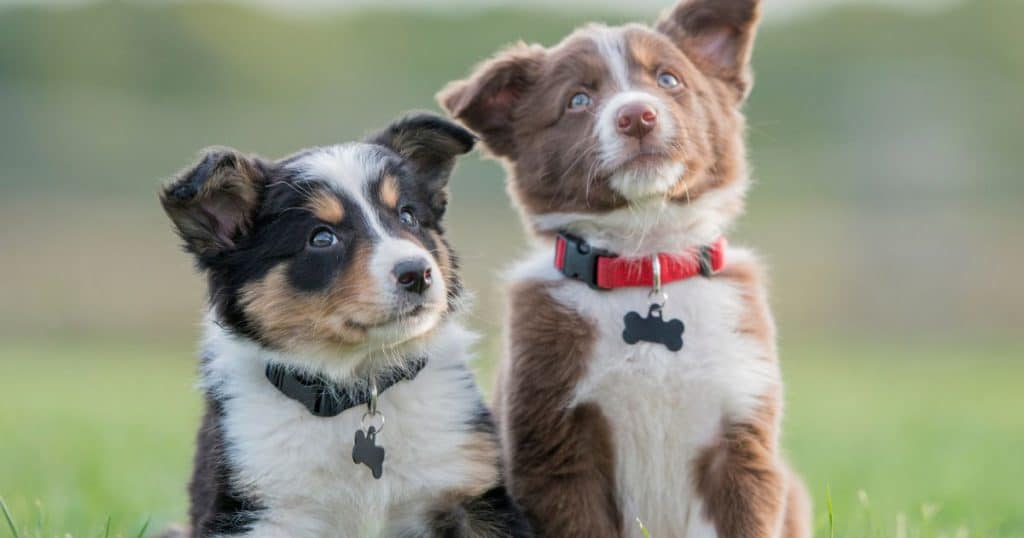
If you’re considering getting a fluffy dog, then you’re in for a treat. Fluffy dogs are known for their charming personalities and loyal nature. They are gentle and social creatures that make great companions for families and individuals alike.
When it comes to exercise, fluffy dogs are energetic and require regular physical activity to stay healthy. While they can be independent, they thrive on socialization and enjoy being around people and other pets. Proper training and socialization are essential to ensure that your fluffy dog is well-behaved and comfortable in various situations.
Fluffy dogs are known for their gentle temperament and are suitable for families with children. They are patient and tolerant and can withstand the playful antics of kids. However, they may suffer from separation anxiety if left alone for extended periods. Therefore, it’s important to spend quality time with your fluffy dog and ensure that they receive adequate attention and care.
It’s essential to understand that each breed of fluffy dog has its unique temperament and personality traits. For instance, the Samoyed breed is known for its friendly and playful nature. They are vocal and love meeting new people and other dogs. On the other hand, the Cockapoo breed is intelligent, active, and affectionate, making them easy to train and suitable for new dog owners.
In conclusion, fluffy dogs are known for their charming personalities and loyal nature. They require regular exercise and socialization to stay healthy and happy. Proper training and socialization are essential to ensure that your fluffy dog is well-behaved and comfortable in various situations.
Grooming Essentials for Fluffy Dogs
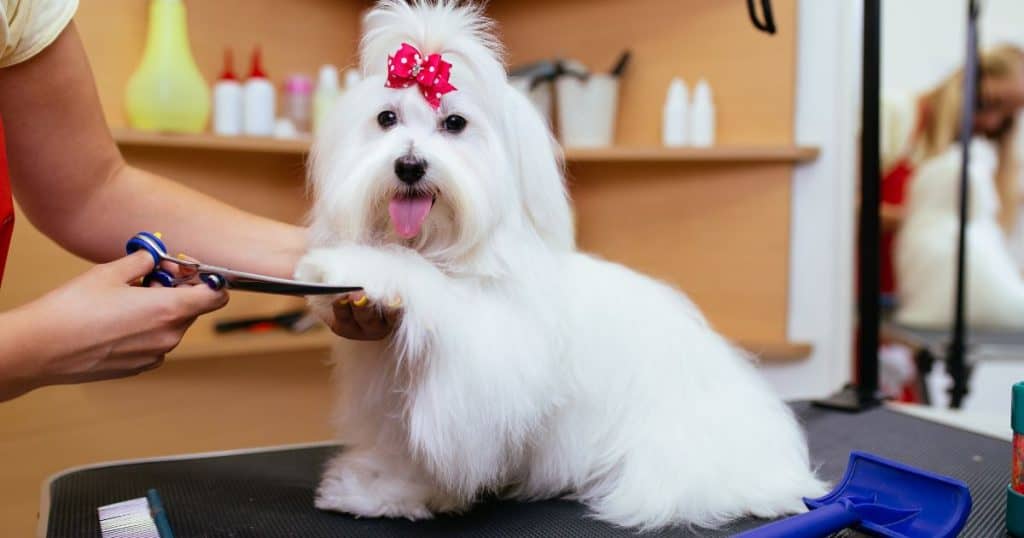
Caring for your fluffy dog involves regular grooming to maintain a healthy coat and prevent matting. Regular grooming also helps to reduce shedding and prevent allergies caused by dog fur. Here are some grooming essentials you’ll need to keep your fluffy dog looking and feeling their best.
Brushing
Brushing your fluffy dog’s fur is essential to prevent matting and keep their coat healthy. Use a pin brush to remove any tangles or knots in their fur, followed by a slicker brush to remove any loose fur. Regular brushing also helps to distribute natural oils throughout your dog’s fur, which keeps their coat shiny and healthy.
Bathing
Bathing your fluffy dog is important to keep their coat clean and healthy. Use a mild dog shampoo and avoid getting water in their ears or nose. Dry your dog thoroughly after their bath to prevent matting and keep their fur fluffy.
Trimming
Regular trimming of your fluffy dog’s fur is essential to prevent matting and keep their coat healthy. Use scissors or clippers to trim any long fur around their ears, paws, and tail. Be careful not to cut their skin or fur too short.
Teeth and Nails
Regular teeth brushing and nail trimming are important for your fluffy dog’s overall health. Use a soft-bristled toothbrush and dog toothpaste to clean your dog’s teeth, and trim their nails regularly to prevent them from getting too long.
Cleaning
Regular cleaning of your fluffy dog’s ears and wrinkles is important to prevent infections and keep them healthy. Use a damp cloth to clean their ears, and a soft brush to clean any wrinkles on their face.
Regular grooming is essential to keep your fluffy dog looking and feeling their best. With the right tools and techniques, you can maintain a healthy coat and prevent matting, shedding, and allergies.
Feeding and Health Care
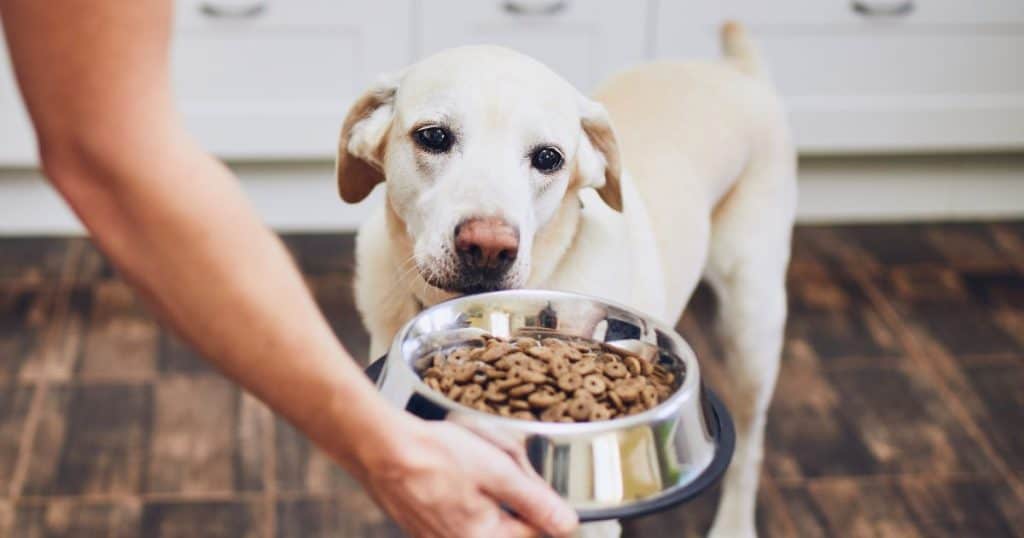
Caring for your fluffy dog involves providing them with a balanced diet and proper health care. A healthy diet is crucial for your dog’s growth and overall well-being. High-quality commercial pet foods are usually sufficient to provide your pet with all the nutrients they need. However, if your dog has specific dietary requirements or health issues, consult with your veterinarian for guidance.
When it comes to feeding your dog, ensure that you provide them with a nutritionally balanced and complete commercially available dog food that is appropriate for their life stage, breed/size, and any underlying health issues. Puppies require more frequent meals than adult dogs, so feed them four meals a day until they are 8-12 weeks old, three meals a day until they are 3-6 months old, and two meals a day until they are one year old. After that, one meal a day is usually enough, but for larger dogs or those prone to bloat, it’s better to feed them two smaller meals.
In addition to feeding your dog a balanced diet, proper health care is essential for their well-being. Regular visits to the veterinarian can help identify and treat any potential health issues early. Ensure that your dog receives regular vaccinations, parasite control, and dental care. Dental care is essential for your dog’s overall health, and you can help keep their teeth and gums in good condition by feeding them dry food, providing certain toys, brushing their teeth regularly, and following a program of professional dental cleanings and oral care performed by your veterinarian.
Furthermore, ensure that your dog has a healthy coat by providing them with proper grooming and nutrition. Regular grooming helps remove dirt and debris from their coat, preventing matting and tangles. Additionally, a healthy diet rich in Omega-3 fatty acids can help promote a shiny and healthy coat. If your dog has allergies or skin issues, consult with your veterinarian for guidance on proper nutrition and grooming practices to manage their condition.
In conclusion, caring for your fluffy dog involves providing them with a balanced diet and proper health care. Ensure that you feed your dog a nutritionally balanced and complete commercially available dog food that is appropriate for their life stage, breed/size, and any underlying health issues. Additionally, make sure that your dog receives regular veterinary care, including vaccinations, parasite control, dental care, and grooming, to maintain their overall health and well-being.
Training and Socialization
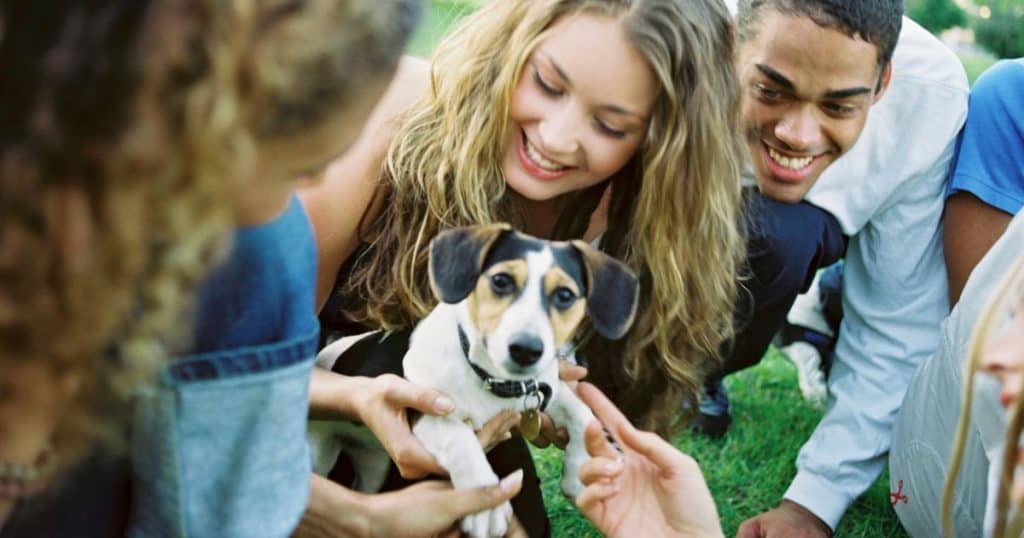
Training and socialization are two crucial aspects of caring for your fluffy dog. Proper training will ensure that your dog is well-behaved and obedient, while socialization will help your dog to feel comfortable around other dogs and people.
Training your fluffy dog requires patience, consistency, and rewards. Dogs respond well to positive reinforcement, so be sure to reward your dog for good behavior. It’s important to start training your dog as early as possible, but it’s never too late to start. Basic obedience training includes commands like sit, stay, come, and heel. A well-trained dog is also less likely to develop behavior problems like chewing, digging, or excessive barking.
Socialization is also important for your fluffy dog’s well-being. Socialization involves exposing your dog to different people, animals, and environments in a positive and controlled manner. This will help your dog to feel comfortable and confident in new situations. Socializing your dog should start early on, setting the stage for your dog to feel happy and confident throughout their life.
Some tips for socializing your fluffy dog include:
- Introduce your dog to different people, including men, women, children, and people of different ethnicities.
- Introduce your dog to other dogs in a controlled environment, such as a dog park or obedience class.
- Expose your dog to different environments, such as busy streets, parks, and other public places.
- Reward your dog for good behavior during socialization exercises.
Remember, training your dog is a journey, not a destination. Keep working at it, and you will see results. As a canine behaviorist, I’ve seen firsthand how important it is to maintain your fluffy dog’s health and wellness. Fluffy dogs are known for their adorable looks and cuddly personalities, but they also require special care to keep them happy and healthy.
Choosing the Right Fluffy Dog for You
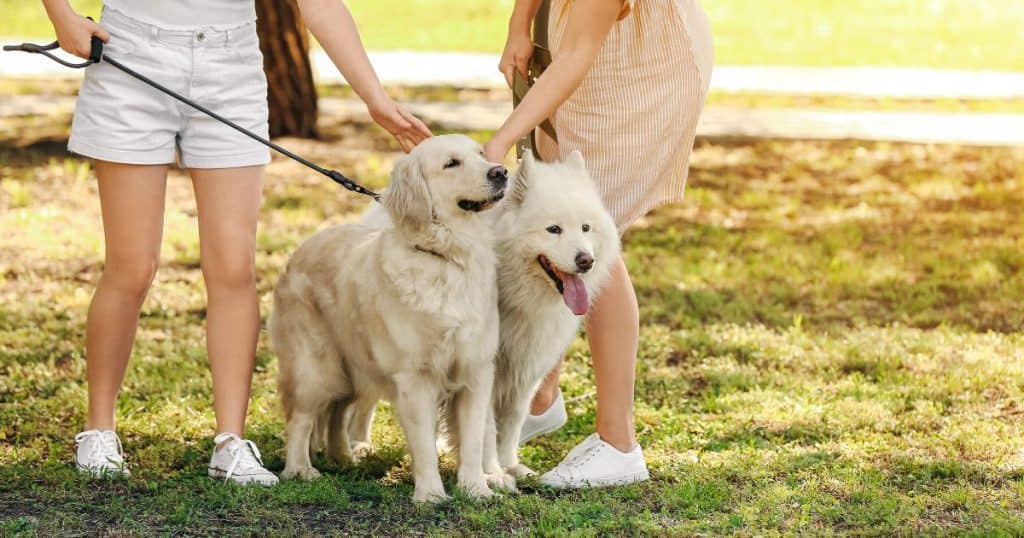
Caring for your fluffy dog starts with choosing the right breed that fits your lifestyle. When selecting a fluffy dog, you should consider various factors, including size, temperament, and energy level. Here are some things to keep in mind when choosing the right fluffy dog for you.
Size
Fluffy dogs come in different sizes, from small to large. Smaller breeds, such as Pomeranians and Shih Tzus, are perfect for apartment living as they require less space to move around. Larger breeds, such as Samoyeds and Chow Chows, need more space to roam around and exercise.
Temperament
Fluffy dogs have different temperaments, and it’s essential to choose a breed that matches your personality. Some breeds are lively and outgoing, while others are more patient and reserved. If you have an active lifestyle, consider a lively breed like a Bichon Frise or a Poodle. If you prefer a more laid-back companion, a Shih Tzu or a Lhasa Apso might be more suitable.
Families
If you have a family, it’s crucial to choose a breed that is good with children. Some breeds, such as Golden Retrievers and Bernese Mountain Dogs, are known for their gentle nature and make great family pets. Other breeds, such as Shih Tzus and Pomeranians, might not be the best choice for families with young children.
Outside
If you enjoy spending time outside, consider a breed that loves the outdoors. Some breeds, such as Siberian Huskies and Alaskan Malamutes, are bred for colder climates and love to run and play in the snow. Other breeds, such as the Bichon Frise and the Poodle, are more suited for warmer climates and enjoy outdoor activities like swimming.
Grooming
Fluffy dogs require regular grooming to keep their coats looking healthy and shiny. If you’re not willing to commit to regular grooming, consider a breed with a shorter coat, such as a Beagle or a Boxer. If you’re up for the challenge, breeds like the Samoyed and the Chow Chow have thick, fluffy coats that require daily brushing and regular trips to the groomer.
Choosing the right fluffy dog for you is an important decision that requires careful consideration. By taking into account factors like size, temperament, and energy level, you can find a breed that fits your lifestyle and makes a great companion.
FAQs
If you’re a new parent to a fluffy dog, you may have some questions about grooming, keeping them cool in the summer, and more.
Here are some frequently asked questions about caring for your fluffy dog.
How do you groom a fluffy dog?
Grooming your fluffy dog involves brushing their coat regularly to prevent matting and tangling. Use a slicker brush to remove loose fur and dirt. Be sure to brush in the direction of hair growth and use a comb to remove any remaining tangles.
What is a slicker brush and how do you use it?
A slicker brush is a type of dog brush with fine, short wires that help remove loose fur and dirt. To use it, brush your dog’s coat in the direction of hair growth, starting at the head and working your way down to the tail. Be gentle and avoid pulling on any tangles.
How often should you groom a fluffy dog?
Grooming frequency depends on your dog’s coat type and length. Fluffy dogs with longer hair should be brushed daily, while those with shorter hair can be brushed once or twice a week. Regular grooming helps keep their coat clean, healthy, and free of tangles.
Do fluffy dogs get hot in the summer?
Yes, fluffy dogs can get hot in the summer. To keep them cool, provide plenty of fresh water and shade, avoid exercising them during the hottest parts of the day, and consider trimming their coat to a shorter length.
Where can I find dog grooming services near me?
You can find dog grooming services near you by searching online or asking for recommendations from other pet owners. Look for a reputable groomer who has experience working with fluffy dogs and who uses gentle grooming techniques.
What are some tips for keeping my dog fluffy after a bath?
To keep your dog’s coat fluffy after a bath, use a blow dryer on a low heat setting to fluff up their fur. Brush their coat regularly to prevent matting and tangling, and consider using a detangling spray to make brushing easier.

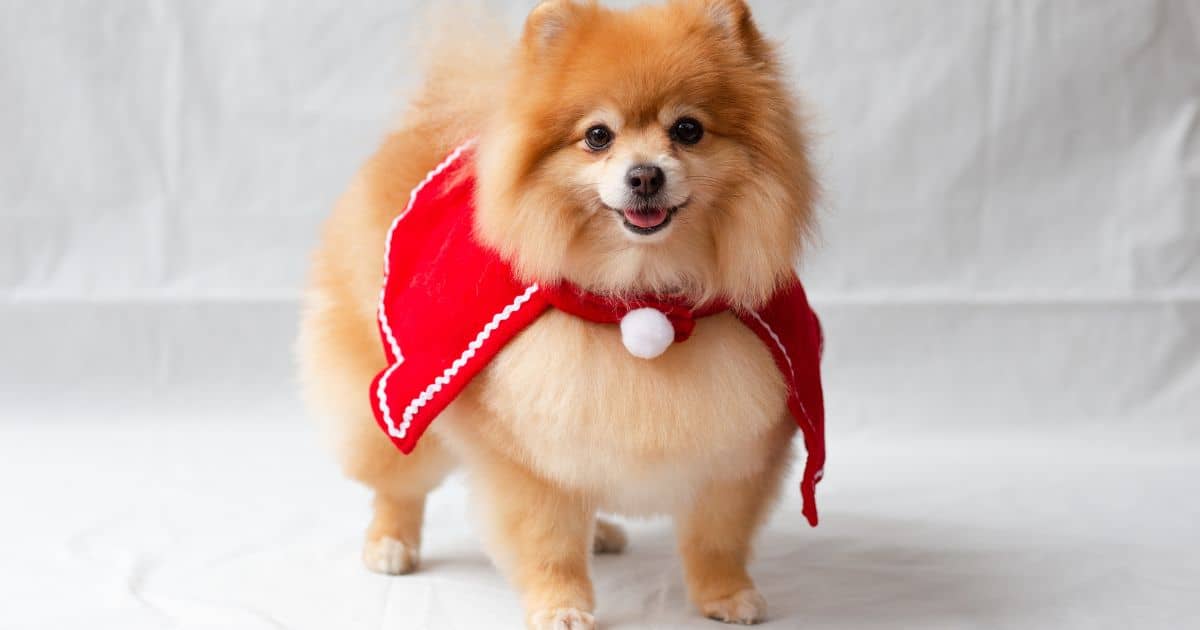
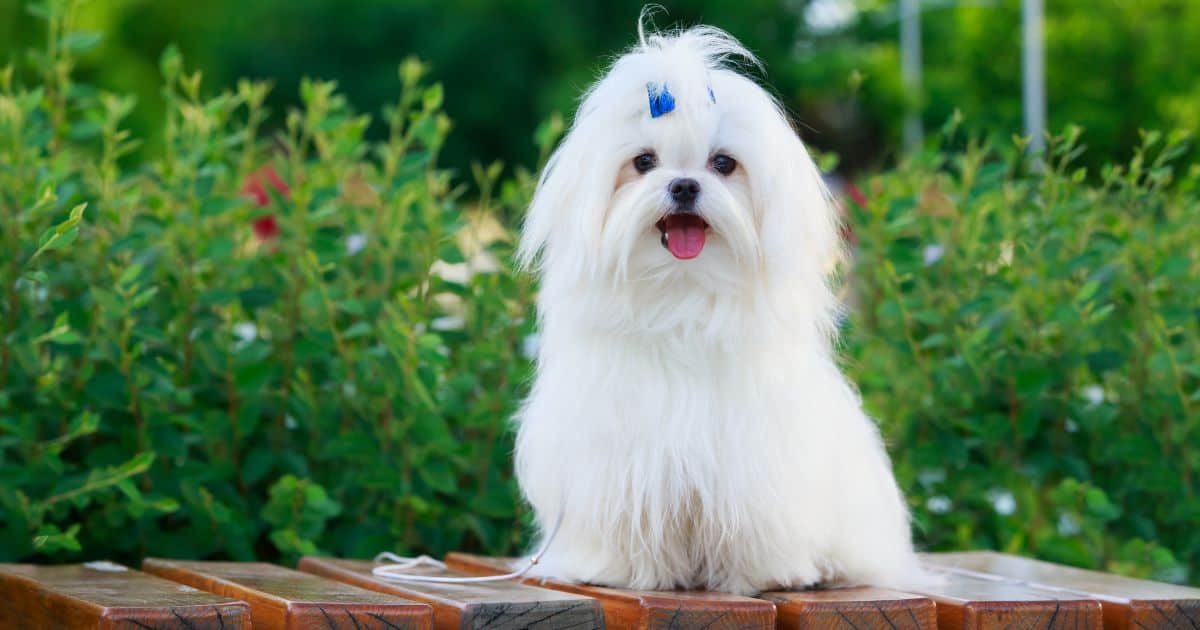
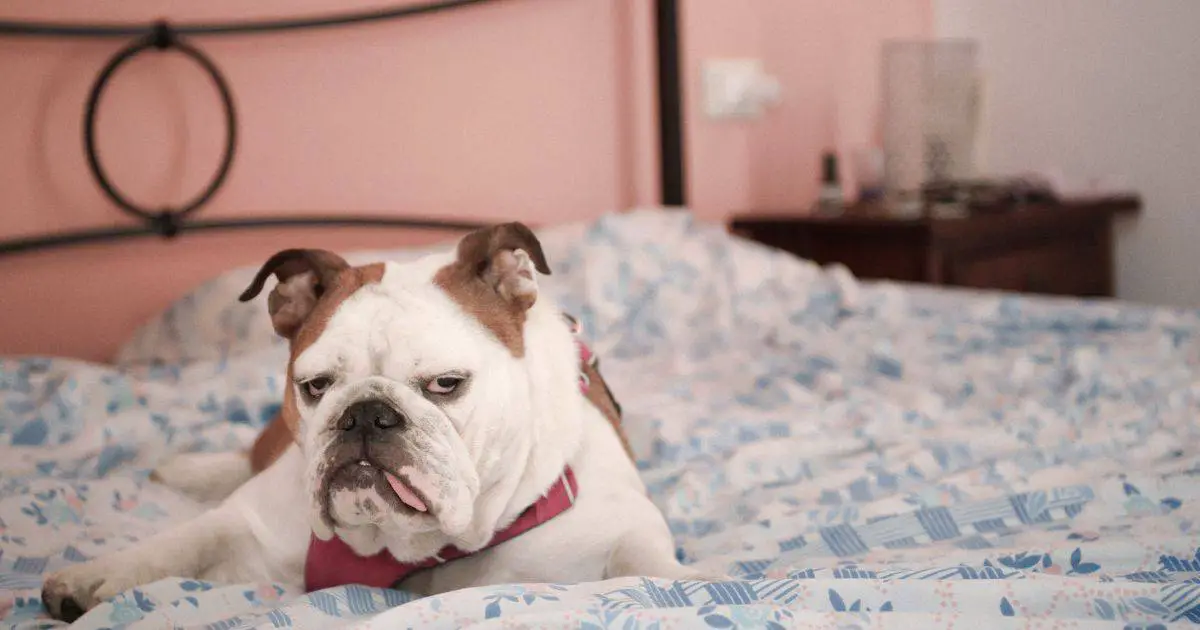
Leave a Reply
You must be logged in to post a comment.